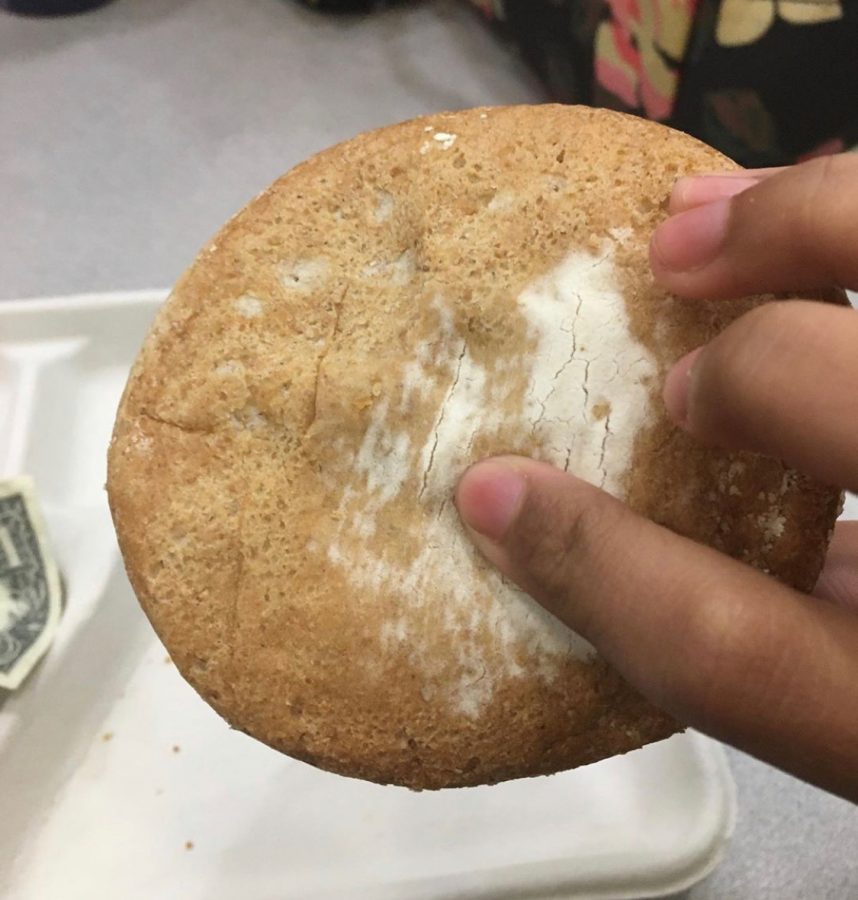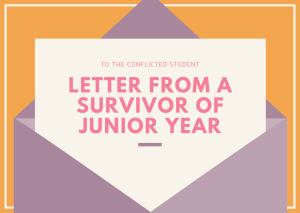Our School Lunches
A school hamburger bun.
February 11, 2020
On Instagram, a chicken sandwich attacks the screen: old, dry, and the wrong color. On Kiki Bhattarai’s post, the caption reads, “Photo shoot of the chicken sandwich from school that looks like the krabby patty that killed the health inspector.” You can tell that it is an accurate representation of the American school lunch from the comments by other school mates who weren’t even surprised or disgusted.
It is kind of known that American school lunches aren’t the tastiest and often consist of mystery meat and disaster. Meghana Chamarty, a sophomore at Green Level says, “at lunch, they usually sell burgers, pizza, and other typical fast foods.” In health class, we learn that America has an extremely high obesity rate from these unhealthy diets and portion sizes. Even students who don’t eat school lunch have taken notice of the trend. As freshman Jason Coe puts it, “the school lunches I see other people get seem unhealthy.” So it is not only that these lunches look and taste gross, they are also not good for us.
If you compare American lunches to others around the world, they rank pretty low on the list. Most specifically, if you look at pictures of school lunches from Japan, American school lunches stink in comparison. Japanese lunches look delicious, well balanced, and much healthier than those in the U.S. with proteins, veggies, and often soup in every meal. This has much to contribute to Japan’s high life expectancy, and low rate of obesity.
Additionally, the way lunch is structured also greatly differs from the American lunch. In Japan, kids rotate the job of getting food from the kitchen and serving it to other classmates. Many Japanese schools also do not have a janitor, because the school children are taught to pick up after themselves.
So why does America’s lunch have to stink?
One of the largest reasons has to do with funding for the program. School lunches typically cost a low amount or are even free, but tight budgets limit the food options for a school. Secondly, a lot of the food that students eat is actually donated. This may sound positive, but the majority of donated food is often from factory farms, where disease is easily spread, and animals are commonly mistreated. Other than that, frozen and unhealthy food is typically easier to prepare than fresh and healthy food.
School lunch can and should be tasty and healthy, and it’s proven by the Japanese lunches. Many students rely on it to give them nutrients and energy throughout the afternoon. Chamarty added, “If I could change anything about school lunches, I would make them tastier and healthier.”
Students should not have to eat a, “chicken sandwich from school that looks like the krabby patty that killed the health inspector.” Just to fill their stomach, and they should not have to suffer the consequences of unhealthy food from a lack of options.







